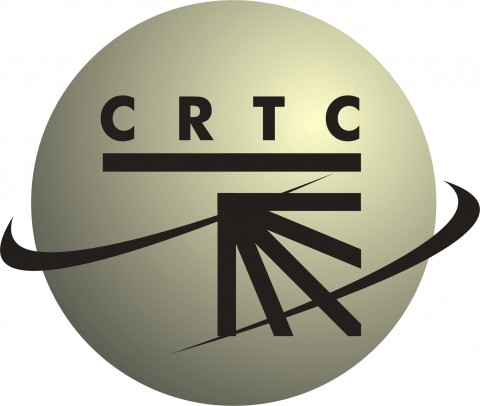
OTTAWA – The CRTC has moved to simplify its approach to tangible benefits and determining the value of broadcast transactions.
The Commission said Friday that to ensure that future tangible benefits for television transactions are streamlined and directed mainly to the production of Canadian programming, it will generally require that at least 80% of such benefits be allocated to the Canada Media Fund (CMF) or various certified independent production funds, unless a compelling case is made that other measures could better meet the public interest. Of this amount, at least 60% shall be directed to the CMF. It also included a list of eligible discretionary initiatives as a guideline to applicants.
The Commission added that it will maintain its current approach for tangible benefits from radio ownership transactions, including the allocation levels to the various funds supporting the creation, marketing and promotion of English- and French-language Canadian music.
Further, the Commission will require that tangible benefits generally be provided for changes to the effective control of all radio and television programming services. The current exemptions to the application of the tangible benefits policy shall no longer apply. Where a request for an exception is sought, the onus will be on the applicant to show that the exception is in the public interest and meets the criteria for an exception set out in this policy.
The CRTC will also generally maintain its current approach for calculating the value of the transaction, with modifications to exclude working capital elements not to be transferred upon closing and to include only the value of assumed leases for real property (buildings, studios and offices) and transmission facilities calculated over five years. Finally, with regard to transactions involving a mix of radio, television or other assets, the Commission adopts a simplified method based on revenues to allocate the value between these assets.



